Talking About Us

The importance of the Pali tradition is, of course, that it is one of the oldest sources of Buddhism. In contrast to Gandhari which has come down to us in a fragmentary state, we have the complete canon in Pali, the only complete canon we have. So, Pali is interesting from this perspective, and it is also linguistically very interesting. Because in many points, you can go back very deep into the past. You can see the high age of the Pali sources in certain linguistic features not shared by any other Buddhist tradition. It is a very courageous enterprise because it is a huge task to edit and complete the canon critically. But luckily, as far as we have seen, these are a lot of human resources available to deal with the manuscripts, which is quite impressive. So, I can wish them every success. Because if this project succeeds, and I have no doubt in that, then we will have a very good critical edition of the canon.
(February, 2013)

The Pali Canon is indisputably one of the greatest records to survive from the early years of human civilization and systematic thought. It is therefore amazing, and sad, that so little work has been done, using the resources of modern scholarship, to try to establish a reliable text. The size of the task is daunting, but Wat Phra Dhammakaya deserves our thanks and congratulations for financing and organizing this project which should prove to be a milestone in the history of Buddhism.
(February, 2013)

One of the first things that has struck me about the project is the great variety and great range of manuscripts that have been employed and looked at in terms of setting the project up. The number of manuscripts and the range of them is very important. To have the manuscripts in Khom script, Tham script, in Burmese script, and in Sinhalese script in the numbers that have been consulted for this project is unprecedented.
(February, 2013)

I am looking as a Buddhist. I think this is very important because up to now we have been studying our 4 traditions separately, Burmese, Lanna, Thai, and Sinhalese. Now by this Project all these 4 traditions have been brought together into one tradition. What I find is it is very important to see that the Buddhavacana or the words of the Buddha have remained almost in a unique way preserving in these manuscripts. That thing has not been clearly shown before this. So now we know data of so many traditions, the words of the Buddha, the canonical things. There is a lot of similarity and very little change, actually. It is about 99 percent the same. It is 1 percent they may be different, so that difference is negligible. And it is good that we are building up a great tradition, on the basis of the study of the Theravada tradition especially being done here. And because lot of energy of many scholars coming from different traditions and also coming from European traditions also is put in there.
(February, 2013)

The Dhammachai Tipiṭaka Project, apart from making the edition of the Pali Canon, is making digital images of all the manuscripts available. This is happening elsewhere in Laos and in Sri Lanka also. Preserving those manuscripts is an incredibly valuable thing. Making them available for scholars to work on will encourage the study of that material.
(February, 2013)
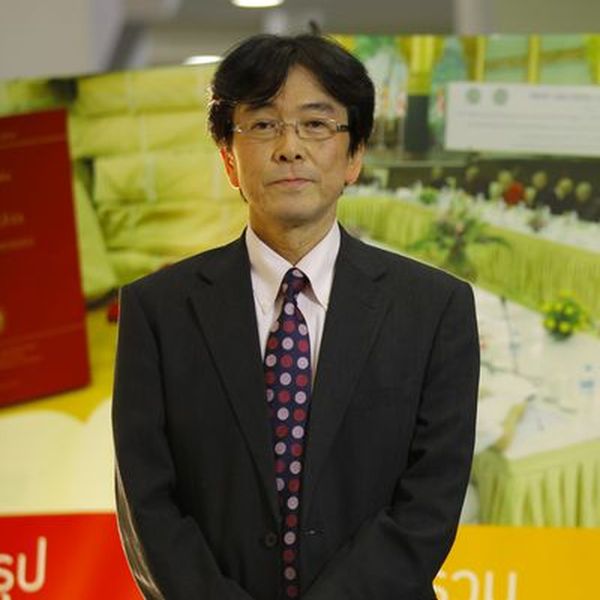
今回のダンマチャイ・ティピタカプロジェックトは、本当によく出来ていると思いました。 最初に出された第一版と、それから今回改定された第二版、その進歩に、心から驚きました。 今、考えられるパリーのテキストの校訂のレベルとして、私は最高のレベルに達していると思います。
(February, 2013)
HONORARY ADVISORY BOARD
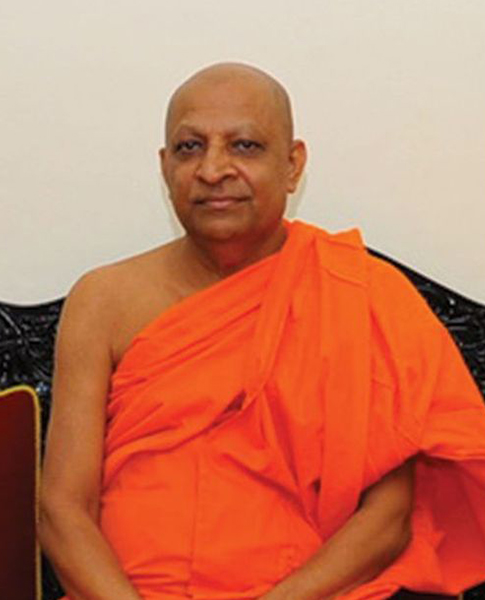
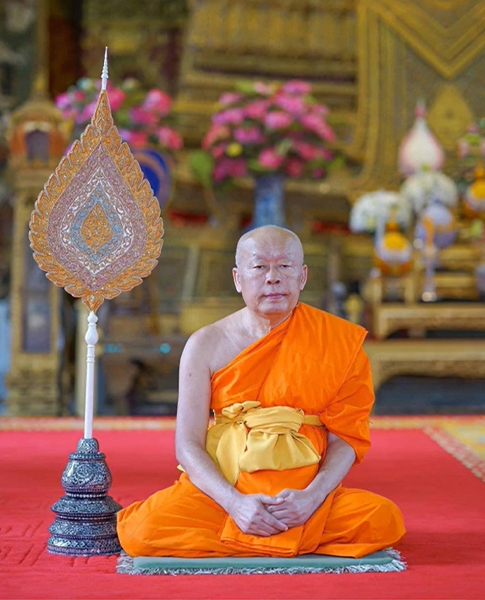
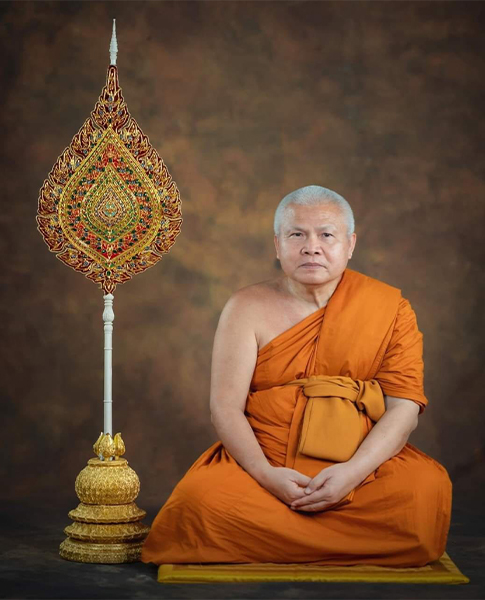
About Us

According to Buddhist tradition, the teaching of the Lord Buddha has been preserved and passed on through generations by oral recitation, and the first written record was made around 400 B.E. during the reign of the pious Sinhala, King Vatta Gamani Abhaya of Sri Lanka. Since then the Pāli Tipiṭaka, commentaries, sub-commentaries and sub-sub-commentaries have been transmitted by inscribing on the palm-leaf manuscripts which can be divided into 4 mains traditions as follows:
Sinhalese tradition
Burmese tradition
Khom tradition
Tham tradition
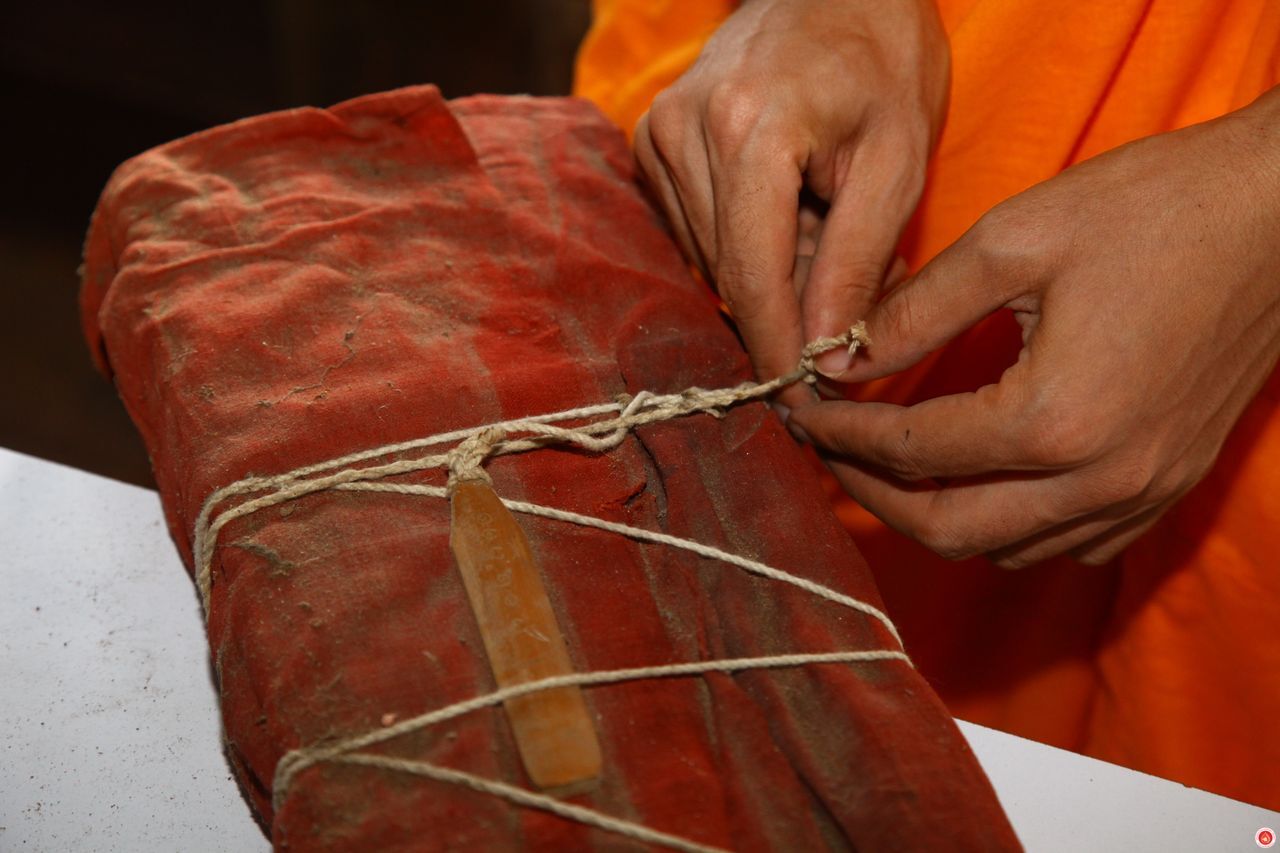
Our ancestors had put a lot of effort into inscriping and preserving these palm-leave manuscripts which have significant historical and cultural values as Buddhist documentary heritage. Unfortunately, in times, the precious manuscripts have disappeared through "natural" causes and the ignorance of people. Nowadays, very few people can read, preserve and make use of the manuscripts.
Thus, in April 2010, Wat Phra Dhammakaya has launched “The Dhammachai Tipiṭaka Project”, with the aims to preserve the existing palm-leaf manuscripts and to create the digitalized and computerized database of the Pāli Tipiṭaka in order to support the Buddhist studies by all interested parties.
Read More